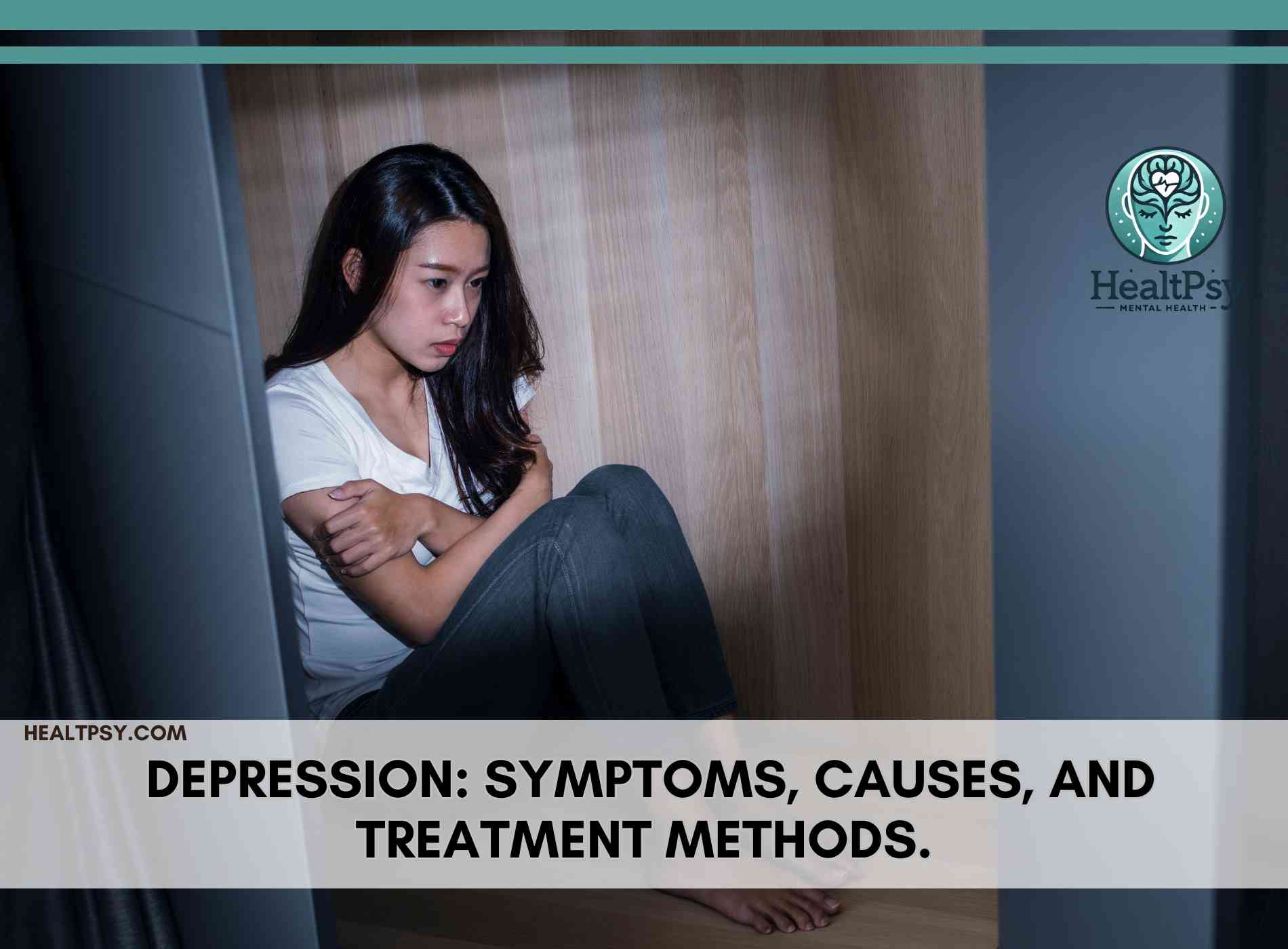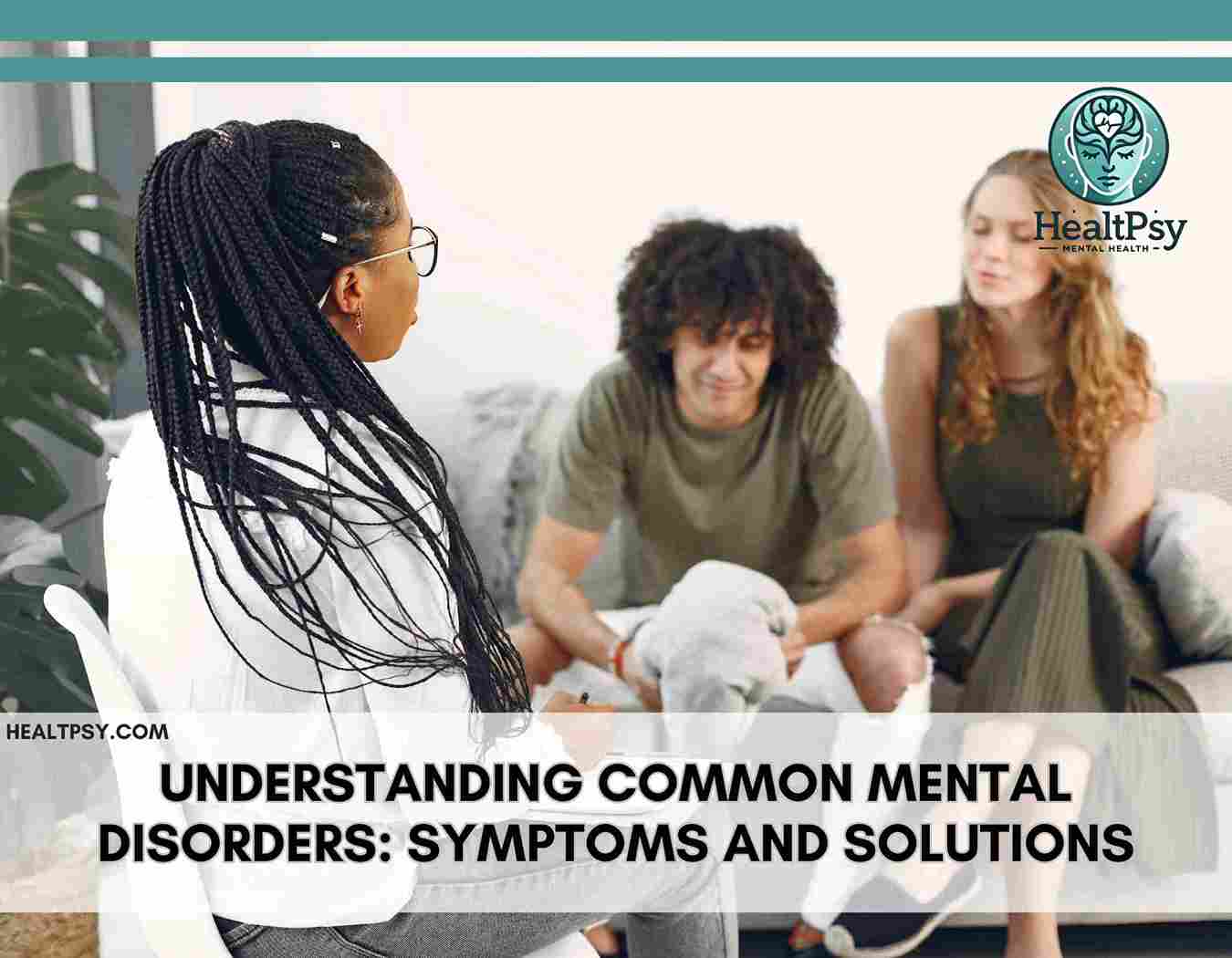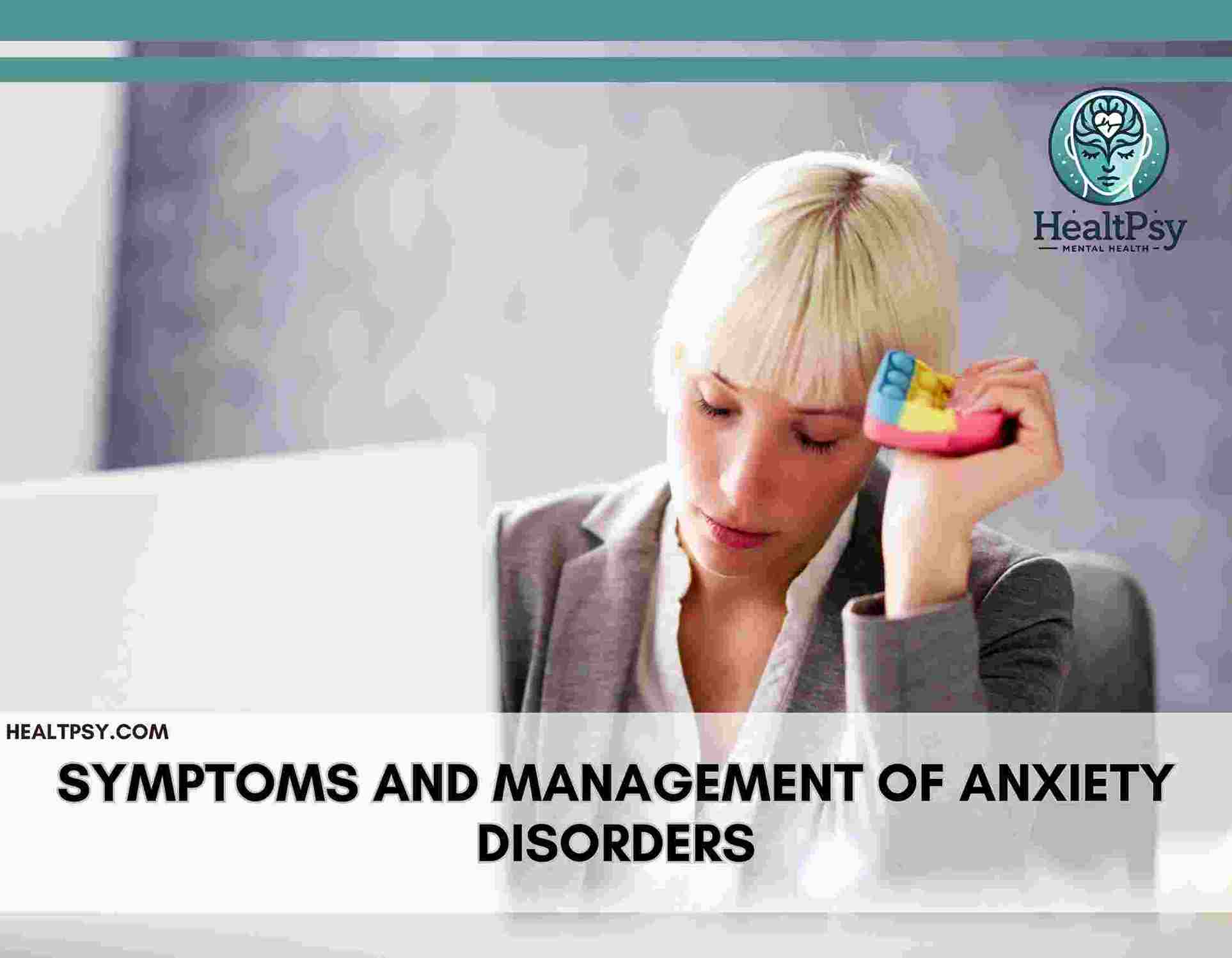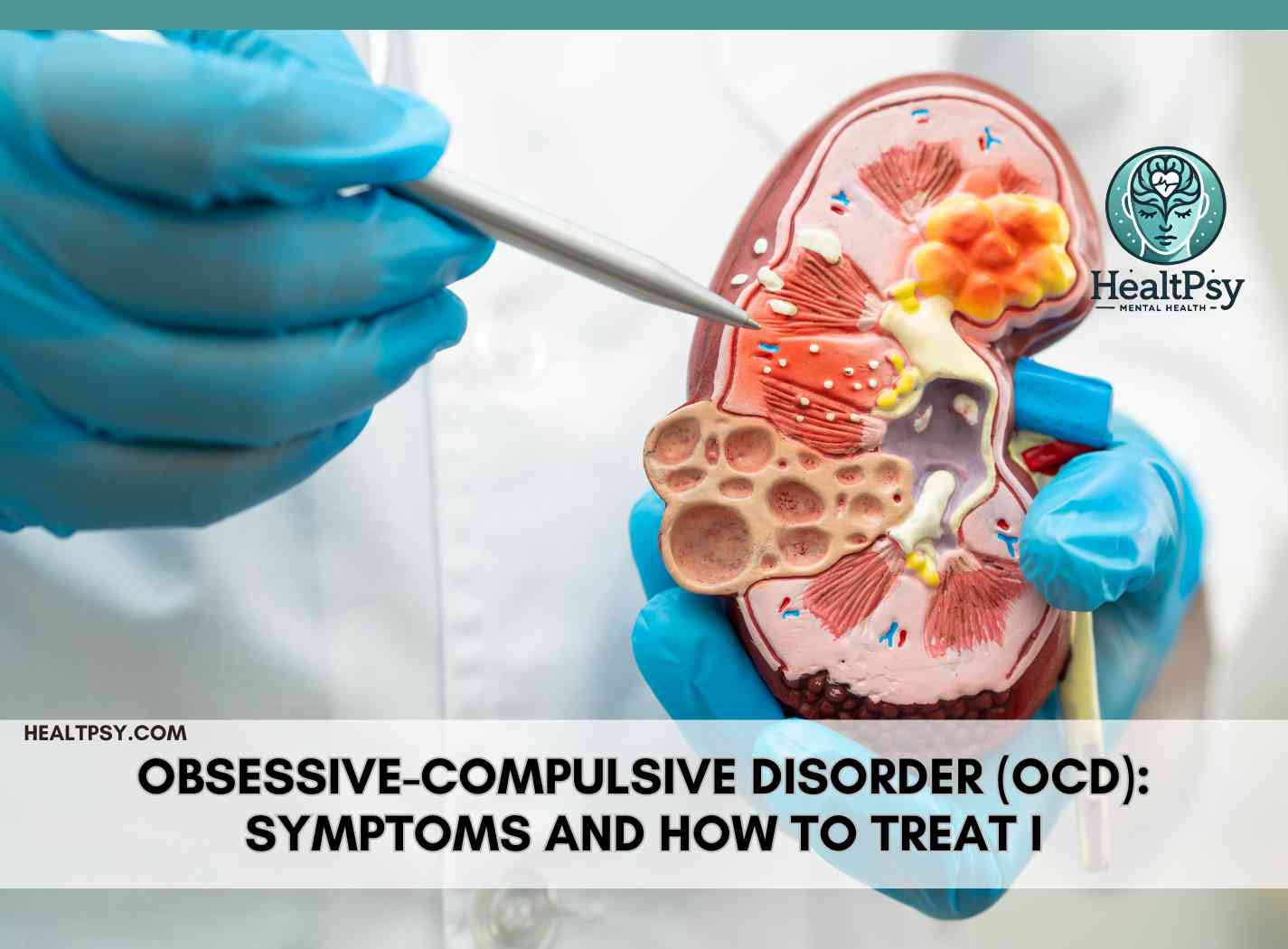Managing Depression: Top 5 Powerful Methods
Introduction
Understanding Depression
While everyone experiences sadness occasionally, depression is more profound and enduring. It is not simply a fleeting emotional response but a condition that can affect thoughts, behaviors, and physical health.
1. What Makes Depression Different?
Unlike temporary sadness, depression persists for weeks, months, or even years. It impacts a person’s ability to function daily, including their work, relationships, and self-care. This persistent state often leaves individuals feeling trapped and hopeless.
2. The Psychological Impact of Depression
Depression clouds judgment and distorts thinking patterns. Individuals may struggle with decision-making, concentrate poorly, or experience overwhelming self-doubt. Over time, these cognitive challenges can exacerbate feelings of inadequacy.
3. The Physical Manifestations of Depression
Depression isn’t solely a mental condition; it manifests physically as well. People often experience unexplained fatigue, changes in appetite, or chronic pain. Research shows that depression can exacerbate or trigger physical illnesses such as heart disease or diabetes.
4. Social Consequences of Depression
Depression often isolates individuals, as they may withdraw from friends, family, and social activities. This withdrawal can lead to a lack of support, worsening feelings of loneliness and disconnection.
5. Different Types of Depression
- Major Depressive Disorder (MDD): Intense sadness and lack of interest lasting for at least two weeks.
- Persistent Depressive Disorder (PDD): A milder but chronic form of depression lasting two years or more.
- Seasonal Affective Disorder (SAD): Occurs during specific seasons, often in winter, due to reduced sunlight exposure.
- Postpartum Depression: Affects women after childbirth due to hormonal changes and stress.
Top 5 Symptoms of Depression
1. Emotional Symptoms
- Persistent sadness, hopelessness, or emptiness.
- Feelings of guilt, worthlessness, or helplessness.
- Loss of interest in previously enjoyable activities.
2. Physical Symptoms
- Fatigue or decreased energy.
- Changes in sleep patterns (insomnia or oversleeping).
- Appetite changes leading to significant weight loss or gain.
3. Behavioral Symptoms
- Withdrawal from social activities and relationships.
- Difficulty concentrating or making decisions.
- Increased irritability or agitation.
Top 5 Causes of Depression
- Biological Factors: Imbalances in neurotransmitters like serotonin and dopamine, and genetic predisposition.
- Psychological Factors: History of trauma, negative thinking patterns, and chronic stress.
- Environmental Factors: Life events such as financial difficulties or relationship challenges.
- Hormonal Changes: Occurring during pregnancy, menopause, or thyroid disorders.
- Chronic Illness: Conditions like diabetes or heart disease increase vulnerability to depression.
Top 5 Methods for Managing Depression
1. Psychotherapy
Psychotherapy, such as Cognitive Behavioral Therapy (CBT), helps individuals identify and change negative thought patterns.
2. Medication
Antidepressants, including SSRIs like fluoxetine, are commonly prescribed. Medications often take 4–6 weeks to show noticeable improvements.
3. Lifestyle Changes
- Regular physical activity increases endorphins, improving mood and energy levels.
- A balanced diet rich in omega-3 fatty acids supports brain health.
- Maintaining a consistent sleep schedule enhances emotional stability.
4. Alternative Therapies
Light therapy, mindfulness meditation, and art therapy encourage self-expression and emotional release.
5. Combined Approach
A meta-analysis in JAMA Psychiatry found that combining psychotherapy and medication is significantly more effective than either treatment alone.
Preventive Measures
- Build Resilience: Develop coping strategies, such as stress management techniques and mindfulness.
- Enhance Social Connections: Surround yourself with supportive friends and family.
- Address Early Signs: Seek help when experiencing persistent sadness or other symptoms.
Resources and Support
Conclusion
Managing depression is a challenging but essential process for improving mental health. Recognizing its symptoms, understanding its causes, and seeking appropriate treatment are vital steps toward recovery. With the right support, whether through therapy, medication, or lifestyle changes, individuals can regain control over their lives. Reaching out for help is a sign of strength, not weakness. Together, we can break the stigma surrounding depression and promote a culture of understanding and support.
Managing depression, Managing depression, Managing depression
you might also like





